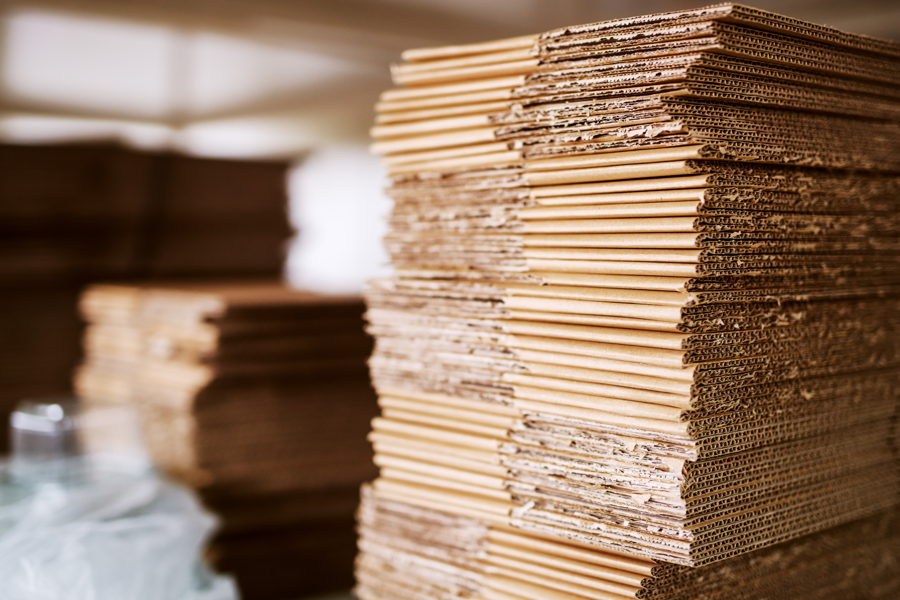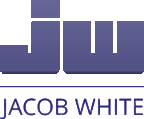Trends Driving the Growth of the Paperboard Market

The paperboard market is growing, and according to recent data, the sector can look forward to enjoying measured growth over the next five years. This sector faces its challenges, especially during the current global health crisis, as do many others, but the outlook is positive overall.
2020 has been an exceptional year, undoubtedly, and the packaging industry had to rally quickly during the early stages of the pandemic, mostly through necessity. This may be another of the drivers for the upward trend in the growth of the paperboard market.
As a company with more than 100-years in the packaging industry, Jacob White follow the driving trends at pivot market points with much more than a passing interest. We take a look at five of the key trends driving the growth of the paperboard market in 2020 that we think will be around for a while yet.
Consumer demand
Consumer demand has changed dramatically this year. During the first half of the year, millions of consumers explored new platforms from confinement all over the world. This has led to a surge in sectors that had previously struggled, such as frozen food, for example. Frozen food companies have been introducing healthier meal and convenience food options over the past few years to help meet consumer demand for a wider range and this has also begun to pay off. According to industry insights, just this sector could lead to an increase in demand for folding cartonboard of almost 1.5% every year.
A dramatic increase in eCommerce demand during the last six months is also fuelling growth and this trend is expected to continue across the world. eCommerce has been a steadily increasing trend in recent years before exceptional times during 2020, and consumer demand surrounding packaging has been a big influence across the industry. With large distribution and eCommerce companies like Amazon changing their packaging standards in response, many more are expected to follow, and this will further accelerate demand for sustainable packaging.
Rises in concern about topics such as high levels of plastics in the world’s oceans have grown into a consumer demand for change and paper-based packaging is ready to take over. Consumer demand is a common thread that runs through all the trends driving the growth of the paperboard market and draws them together.
Sustainability
Sustainability is a huge topic in the packaging industry. Following a declining consumer sentiment towards plastic packaging, particularly single-use plastics, paperboard alternatives are ready to bridge the widening gap between single-use and sustainability.
Some of the largest takeaway food chains are well on the way to ticking sustainability boxes with paperboard replacements for plastic-based single-use items. Dunkin Donuts replaced polystyrene take-out drinks cups with paper-based ones more than two years ago for example, and many others have followed suit. Taco Bell has also followed McDonald’s’ commitment to recycling with a promise to ensure all the packaging it uses is recyclable by 2025.
Paper straws are replacing plastic ones all over the world, with some US states and some countries banning use altogether. In England, the single-use plastic straw ban is planned for 2020 but this has recently been delayed by the COVID-19 health crisis.
In terms of recycling, paper-based packaging, including corrugated and cartonboard are among the most recyclable and recycled packaging of all. Almost all paper-based packaging was recovered for recycling in the US last year and more than half contain recycled materials. The paperboard market is designed for recycling, containing fibres and materials that can be recycled and reformed over and over.
The topic of sustainability lost some footfall in the worldwide arena following a recent shift in priorities during the global health crisis. However, this is not a long-term effect, as the subject is again gaining ground. We believe that sustainability will be one of the largest and most important drivers in paper-based and cartonboard markets over the next five years.
Growing e-Commerce
We have touched on the rise in eCommerce already, but the topic is worth further detail as it is a significant driving trend. The influence of eCommerce increases is changing focus for packaging manufacturers across the world as the digital markets demand a different approach.
The convenience of online shopping, the often extremely competitive pricing and the ever-expanding range of goods available has been driving this sector for some years. The rise in direct-to-consumer selling has also made bringing packaging processes in-house much more common – from product placement to distribution. Packaging machines handling paper-based and cartonboard packaging materials can often be a much more flexible and cost-effective way of packaging a wide range of items, ideal for the eCommerce market.
The introduction of a direct selling approach may also have a negative impact in certain sectors however, such as the folding carton market. As the demand for on-shelf goods reduces, fewer large carton shipments will be needed. This is another reason for packaging manufacturers to alter their perspective and increase the flexibility of their operations.
Design technology
The paperboard packaging market is already off to a good start in terms of being ideal for the latest innovations in design technology. It can fulfil the needs of sustainability in construction and development and be flexible enough for strong design innovation.
The accelerating expansion of design technology is supporting packaging in many manufacturing industry sectors in making the shift from plastics to cartonboard and paper-based materials. This is being seen across the food industry in particular, with concepts such as tamper-proofing, substituted shrink-wrap techniques and protective layering, to name a few.
Advancements in the manufacture of paperboard packaging has also contributed to a significant drop in the average shipped weight.
Packaging automation
The rise in uptake in packaging automation is resulting in many benefits for the industry at the current time, such as supporting reduced human contact and social distancing and the promotion of better hygiene standards during a crisis.
Moving from manual packaging processes to full automation or a semi-automated packaging line garners other benefits too, including accelerated output and distribution, which can help to meet the rising demand across all sectors. It can support sustainability with the reduction of energy consumption and reliance on resources.
The increase in the handling capabilities of the latest packaging machines means that a wider range of packaging materials, including carton and paperboard can be better utilised. This is making the shift easier from plastics to paperboard and other paper-based materials and is helping to drive manufacturers towards sustainability in their operations.
A final word from Jacob White
While it is hard to predict how the current global health and economic crises will pan out over the next few years, there are core factors that will always influence the growth of any market. Innovations and advancements in a wide range of sectors and technologies are often driven by consumer demand, sustainability, changes in regulations and circumstances.
The paperboard market offers the packaging industry a range of opportunities, both now and if trends do continue, for at least the next five years. After 2020, it also pays to be prepared for the challenges and ensure that your operations can be fully scalable. Future-proofing your packaging line and processes through automation could provide a steady, sustainable approach to meeting current challenges while providing the scalability you need to harness the opportunities.

